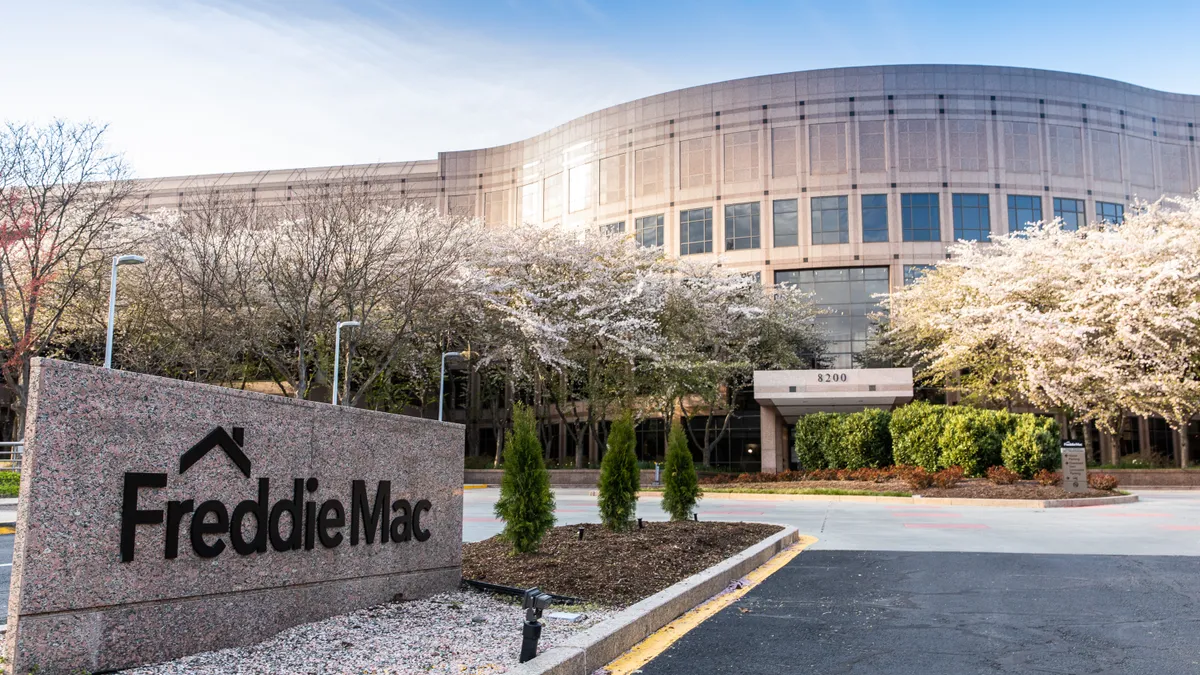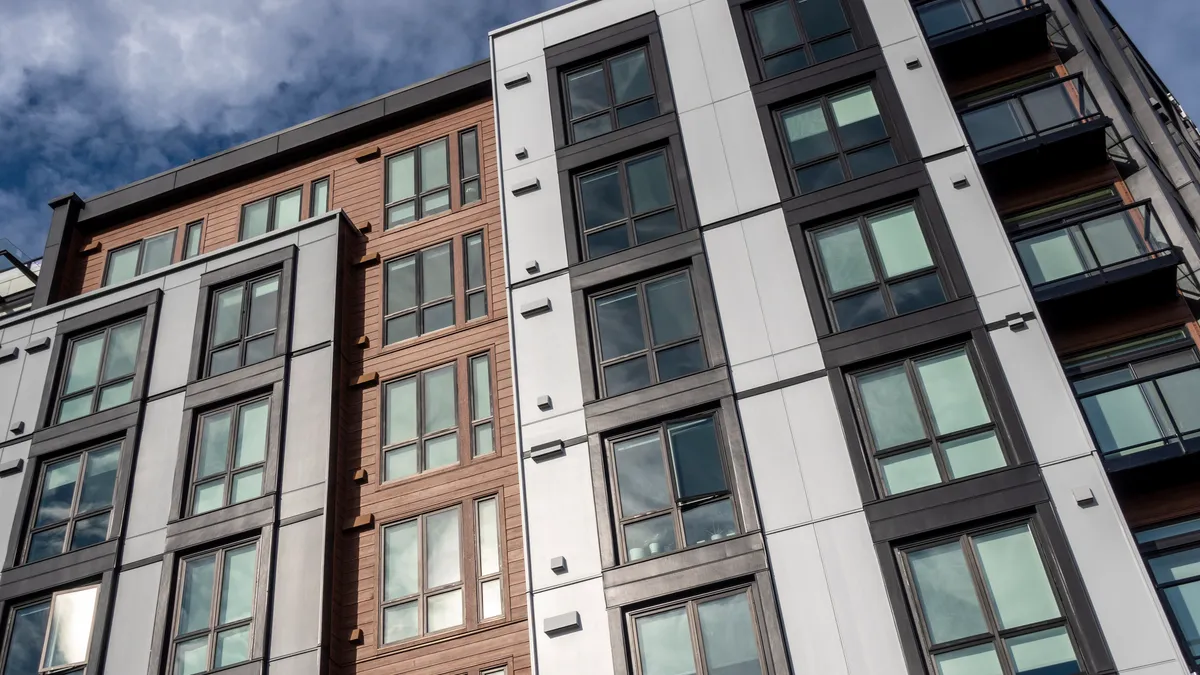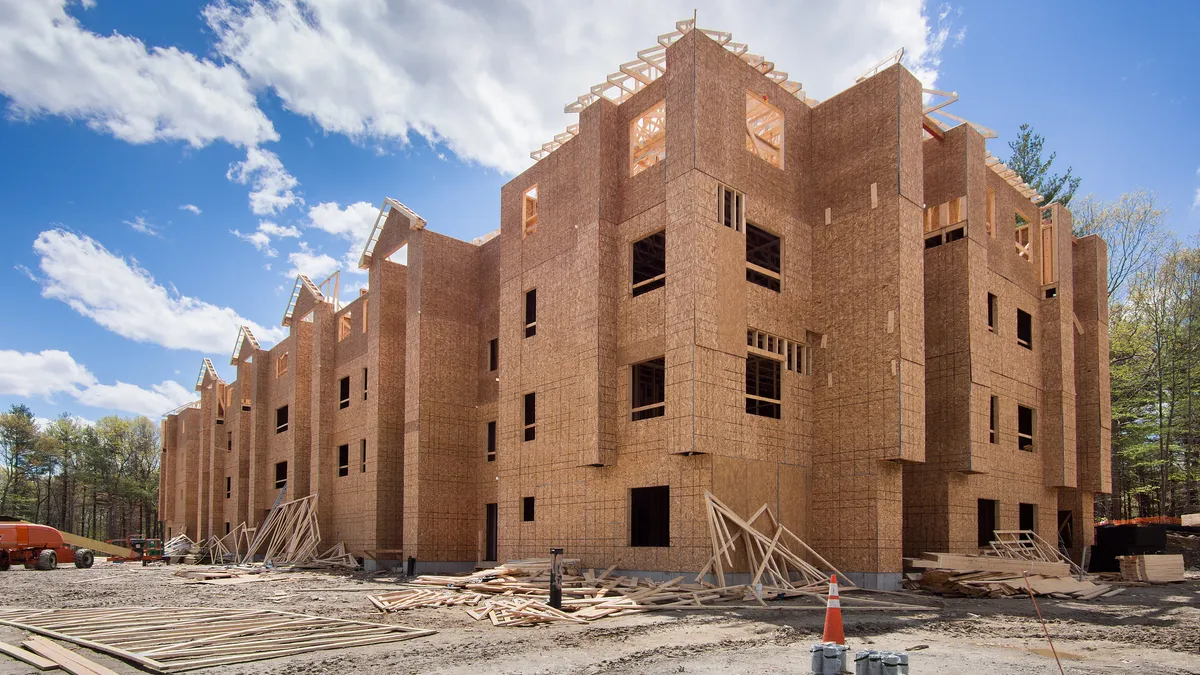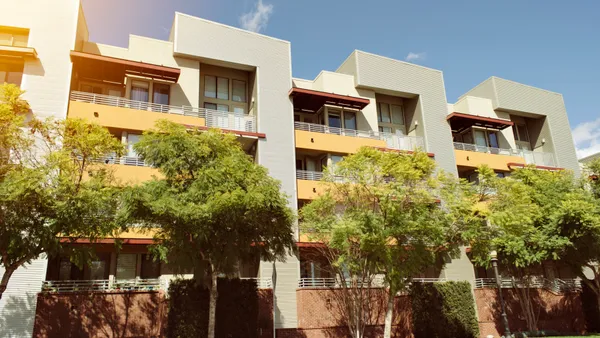In times of turmoil, apartment owners have traditionally turned to the government agencies for financing.
With interest rates continuing to rise and a recession potentially on the horizon, 2023 is already looking like a tumultuous year. So it's no surprise that Fannie Mae and Freddie Mac will be popular options for investors in the year ahead.
“I think the agencies will pick up a bigger portion of the pie,” said Dan Brendes, senior vice president and head of government-sponsored enterprise lending at New York City–based commercial real estate services firm Berkadia.
Even as the government agencies gear up to provide more financing this year, other debt sources won’t disappear from the market. But getting loans won’t be easy this year. Many banks are dealing with issues on loans they’ve already made and will scrutinize new originations very closely.
Agency lending caps
In November, the Federal Housing Finance Agency established lending caps of $75 billion each for Fannie Mae and Freddie Mac, giving them a total of $150 billion for 2023. Last year, the government-sponsored enterprises had $78 billion each to allocate for multifamily loans. Fannie Mae didn’t hit this number, providing $69 billion in financing last year.
Despite the lower caps, the sector doesn’t seem to be concerned about the agencies pulling back support. “The agencies will continue to dominate the market, without a doubt,” said Thomas Carroll, founder and CEO of Charleston, South Carolina–based apartment owner Ballast Rock.

In announcing the caps, FHFA noted that it would continue to monitor the multifamily mortgage market and will increase the multifamily caps if needed. “I think the $75 billion each is probably a fine number there,” said Kyle Draeger, senior managing director of multifamily debt and structured finance at CBRE Capital Markets. “They’re still going to be actively lending to the extent people want money.”
FHFA will require that 50% of the agencies’ lending be directed toward affordable housing. These loans help the agencies fulfill their mission of providing affordable housing. Loans that finance energy or water efficiency improvements with units at or below 80% of AMI will be classified as mission-driven. In 2022, these loans needed to be affordable to people making 60% of AMI to earn that designation.
“Lenders are much more aggressive if you come to them with an affordable deal or a deal with an affordable component right now, especially as Freddie and Fannie are being incentivized to lend on those,” said Jon Siegel, co-founder and chief investment officer at Bethesda, Maryland–based apartment owner RailField Partners and a former Fannie Mae executive.
To encourage financing of loans on properties with rent or income restrictions affordable at levels that meet market needs, FHFA is also creating a new category focused on preserving affordability in workforce housing. Under the provision, apartment owners can decide to restrict a certain amount of units at a percentage of area median income to qualify for a mission-driven loan.
A tighter environment for other debt sources
Outside of Fannie and Freddie, there are a lot of questions about the availability of debt from other major multifamily lenders. “If you don't have long-standing relationships at this point in this market volatility, you will not get access to financing in the same way outside of the agencies,” Carroll said.
The stronger debt funds are still in the market but are lending at much higher rates. “They’re lending at 8%,” Draeger said. “Does somebody want that money or not? It’s also a challenge.”
In the first six months of 2022, the insurance companies had hit the limits on what they would lend for apartments. “Life insurance companies did a lot of business in the first half of the year,” Draeger said. “So they didn’t really need to do anything in the latter half of the year to hit their budgets.”
Now, as they have money to allocate to multifamily in 2023, the hope is that they'll be lending more aggressively if there are borrowers. “They're more than happy to make loans,” Draeger said. “Demand is the bigger issue as borrowers are reluctant to lock in long-term financing at rates in the mid 5% to 6% range.”
Many large national and even regional banks have also moved away from the market, especially on the construction side. For them, the problem is the real estate loans already on their books.
“There are larger banks that potentially have exposure in other asset classes that are saying, ‘We're just not lending for new construction right now,’” said Brian Oates, executive managing director of development at Atlanta-based apartment developer RangeWater Real Estate.
The lending requirements have also tightened up with regional banks, according to Oates. With the sales market slowing, banks are not getting construction loans off their books as quickly as they would like.
“Some of the lenders we deal with are saying, ‘We enjoy working with you guys, but we need to replace one of these construction loans,’” Oates said. “‘Since we’re holding on to deals a little longer, there’s not as much capital to put back into new construction.’”

As banks deal with loans already on their books, they’re looking at new originations with a lot more scrutiny.
“We've definitely seen a change in the lending market in terms of much more stringent examinations of underwriting to verify that you're going to hit those debt service coverage ratios,” Carroll said. “Some lenders have lent money to buyers that have not hit their targets and that will not hit their targets. And as a result, somebody's going to take a loss.”
Click here to sign up to receive multifamily and apartment news like this article in your inbox every weekday.



















